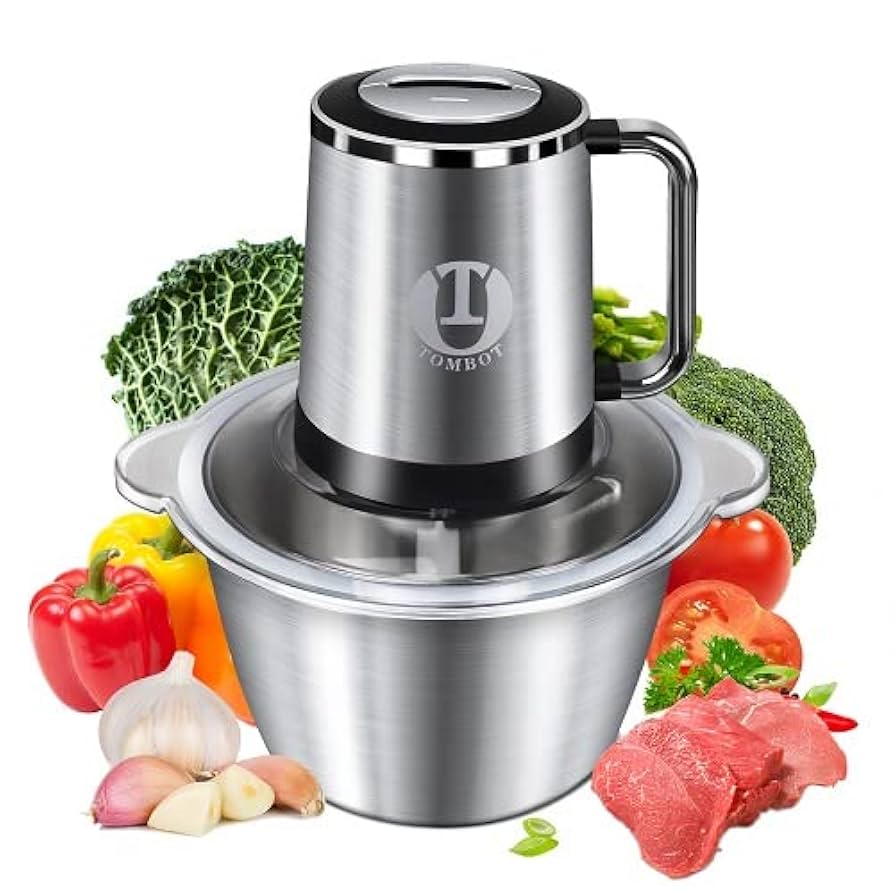10 years of experience as a food machinery equipment manufacturer
10 years of experience as a food machinery equipment manufacturer
Modern kitchen appliances continue evolving to simplify culinary preparation, and the meat puree chopper and mixer represents one such innovation gaining recognition among home cooks and professional chefs alike. This versatile device addresses the time-consuming task of creating smooth meat purees, which once required laborious manual chopping or multiple bulky appliances. By integrating both chopping and mixing functions into a single unit, it effectively minimizes preparation steps while ensuring consistent texture—proving particularly beneficial for preparing infant food, pet meals, protein-based sauces, or tenderizing tougher cuts.

Users consistently report noticeable reductions in meal prep durations when using this appliance. What traditionally involved 20-30 minutes of manual grinding can now be achieved in under five minutes. This acceleration stems from high-torque motors capable of breaking down raw or cooked meat fibers swiftly, coupled with sharp stainless-steel blades engineered for uniform particle reduction. Simultaneously, the mixer function homogenizes added liquids or vegetables seamlessly, eliminating the need to transfer mixtures between separate processors. Such consolidation directly translates to shorter clean-up cycles and less countertop clutter.
Contemporary models prioritize user-centric designs to enhance outcomes. Key characteristics include:
These elements collectively ensure predictable results, even for users unfamiliar with advanced culinary techniques. The contained processing environment also minimizes food waste and airborne particles compared to manual methods.
While the appliance excels with meat, its utility extends beyond primary protein preparation. Home cooks frequently repurpose it for:
This adaptability makes it a multipurpose investment, especially valuable in smaller kitchens where space optimization is crucial. Furthermore, the capacity to handle both small batches (single servings) and larger quantities (family meals) adds practical flexibility.
Maintaining peak performance involves straightforward protocols. Avoid overfilling containers; most units operate optimally at 70-80% capacity. Pre-cutting meat into 1-inch cubes prevents motor strain and ensures even chopping. For fibrous or frozen items, intermittent pulsing protects blades. Post-use, prompt disassembly prevents residue hardening, while periodic checks for blade sharpness sustain efficiency. Adhering to manufacturer-recommended processing durations (typically 30-90 seconds per batch) reduces overheating risks.
On a broader scale, this appliance supports sustainable kitchen habits. Processing bulk-purchased meats reduces reliance on pre-packaged pureed products, lowering single-use packaging consumption. Energy usage remains comparatively modest—brief operational periods offset lengthier stovetop or oven times traditionally needed for tenderizing tough cuts. Financially, bypassing store-bought purees generates measurable annual savings, especially for households preparing specialized diets regularly.
In summary, incorporating a meat puree chopper and mixer into kitchen routines objectively streamlines labor-intensive tasks. Its convergence of time economy, multi-functionality, and ergonomic design addresses modern efficiency demands. While manual methods retain their place, this appliance presents a compelling alternative for optimizing culinary workflows without compromising nutritional integrity or taste.
